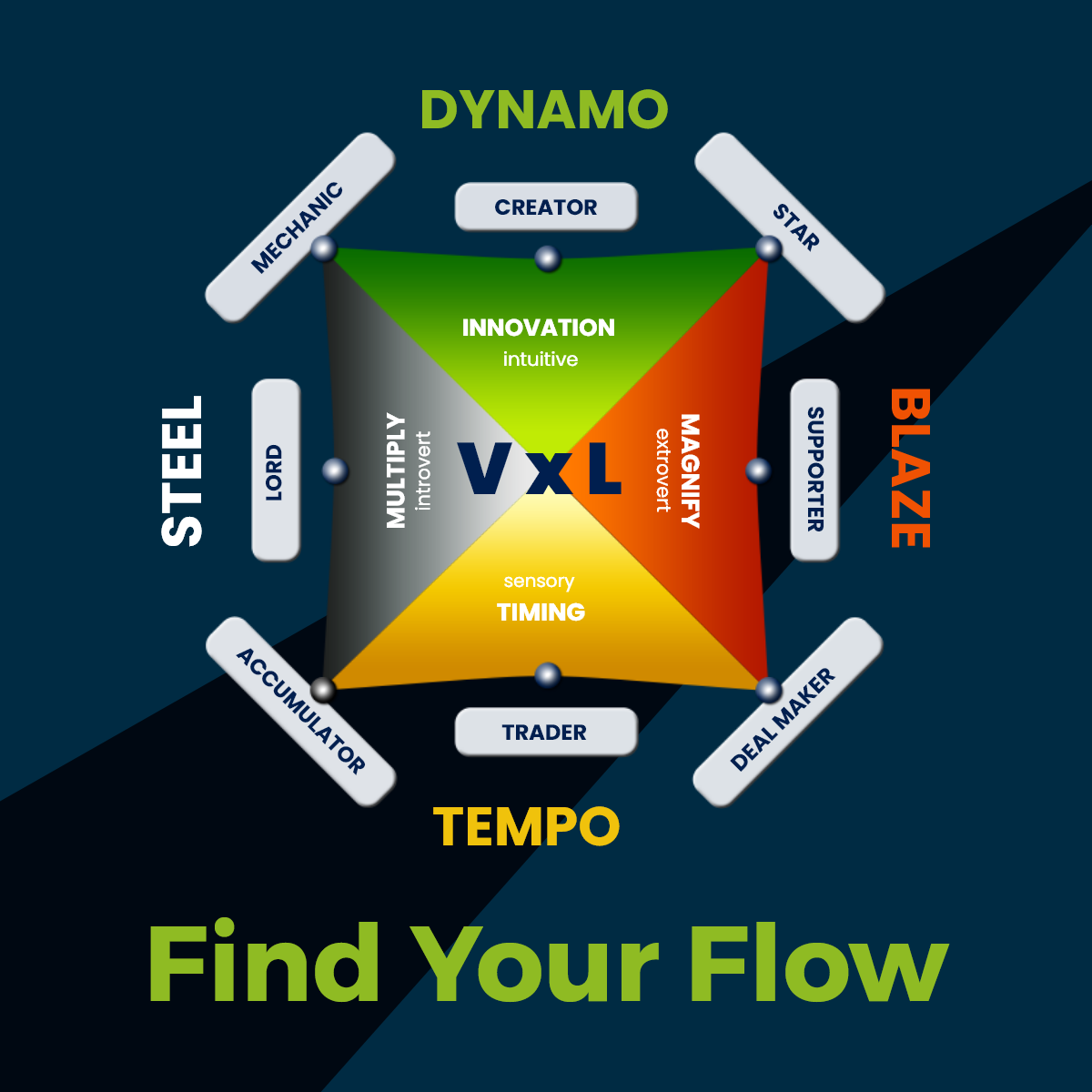If you have ever taken a personality test, I am sure you must have come across Myers & Briggs 16 personality types. It is one of the most well-known and commonly used tests by professionals and individuals. I took one of these tests a while back just to understand certain hidden personality traits that I could leverage to my advantage in my professional career and also be mindful about some of the weaker traits that I might not have been able to clearly recognize.
football jerseys
Nike Air Max 270 white
nike air max womens
Jerseys for Sale
nike air jordan sneakers
nike air jordan shoes
nike air jordan 1
best couples sex toys
adidas promo code
nike air max for sale
Myers Briggs personality test divides people into 16 different types based on the four core behavioral traits that dominate an individual. All 16 personalities have an acronym that stands for these traits.
Introversion or Extroversion – This explains how a person manages their energy. While introverts recharge themselves by spending time on their own, extroverts gain their energy by being around people or in a crowd. Introverts are reserved, whereas extroverts are extremely outgoing and expressive.
Intuition or Sensing – When individuals are processing information, they will either be intuitive or a sensor. The intuitive individual will base his or her process on an abstract level of thinking, for eg, patterns, theories, and explanations. A sensor’s absorption of information is based on a more practical approach, for e.g, what they can actually see, hear, and feel.
Thinking or Feeling – These traits describe how a person reaches a conclusion or makes a decision. Thinkers are the more logical, practical decision-makers. They look for a logical reasoning, and a legitimate explanation before they can come to a conclusion. Individuals who base their decision on a gut feeling fall under the “Feeling” category. They focus a lot on how their decisions will affect others around them as well.
Judging or Perceiving – This aspect describes how people deal with structure. People with a dominating judging behaviour type tend to lean towards having a proper structure in their professional and personal lives. They work best with an organized plan and really dislike last-minute changes. Perceivers are absolute opposites of the judging type. They love the flexibility and work best with a spontaneous routine. A perceiving personality type will always go with the flow.
Let’s have a look at the 16 personality types. The first letter denotes a person’s social behaviour. The second letter describes their information processing dimension, the third letter stands for the decision making dimension, and the last letter defines a person’s openness to structure.
INFP- Introverted, Intuitive, Feeling, Perceiving
INTJ- Introverted, Intuitive, Thinking, Judging
INFJ– Introverted, Intuitive, Feeling, Judging
INTP- Introverted, Intuitive, Thinking, Perceiving
ENFP- Extroverted, Intuitive, Feeling, Perceiving
ENTJ- Extroverted, Intuitive, Thinking, Judging
ENTP- Extroverted, Intuitive, Thinking, Perceiving
ENFJ- Extroverted, Intuitive, Feeling, Judging
ISFJ- Introverted, Sensing, Feeling, Judging
ISFP- Introverted, Sensing, Feeling, Perceiving
ISTJ- Introverted, Sensing, Thinking, Judging
ISTP- Introverted, Sensing, Thinking, Perceiving
ESFJ- Extroverted, Sensing, Feeling, Judging
ESFP- Extroverted, Sensing, Feeling, Perceiving
ESTJ- Extroverted, Sensing, Thinking, Judging
ESTP- Extroverted, Sensing, Thinking, Perceiving
To know the combination of traits that suits you best, take the Wealth Dynamics personality test, the world’s leading profiling tool for entrepreneurs.


